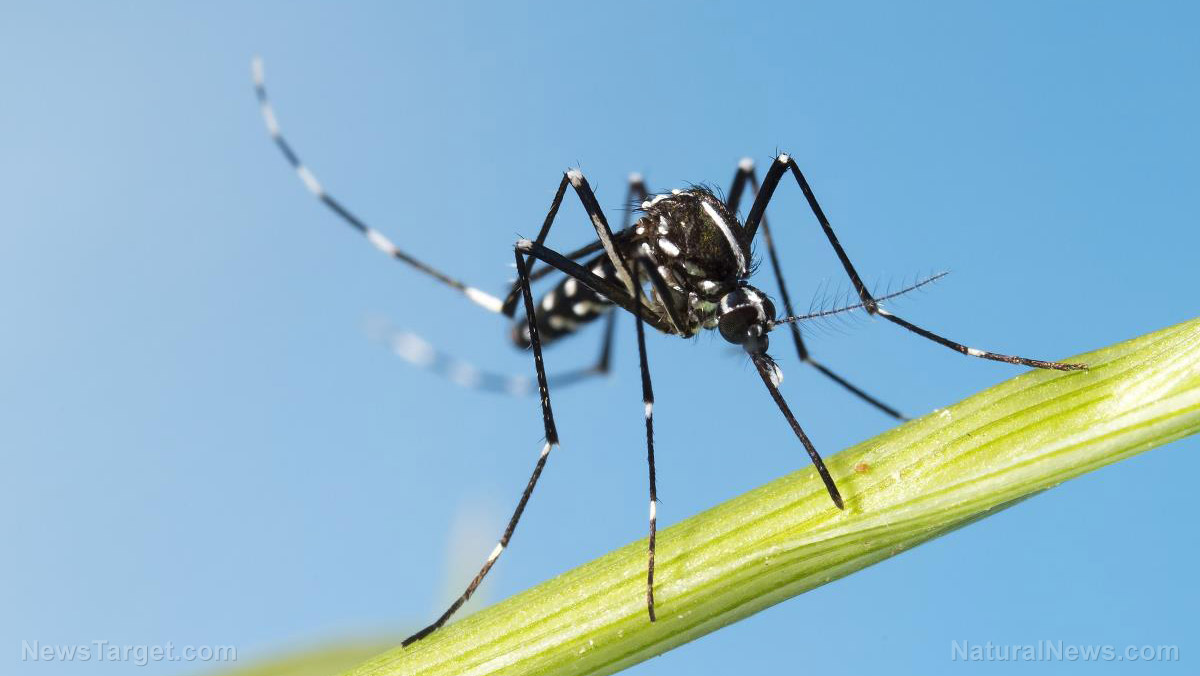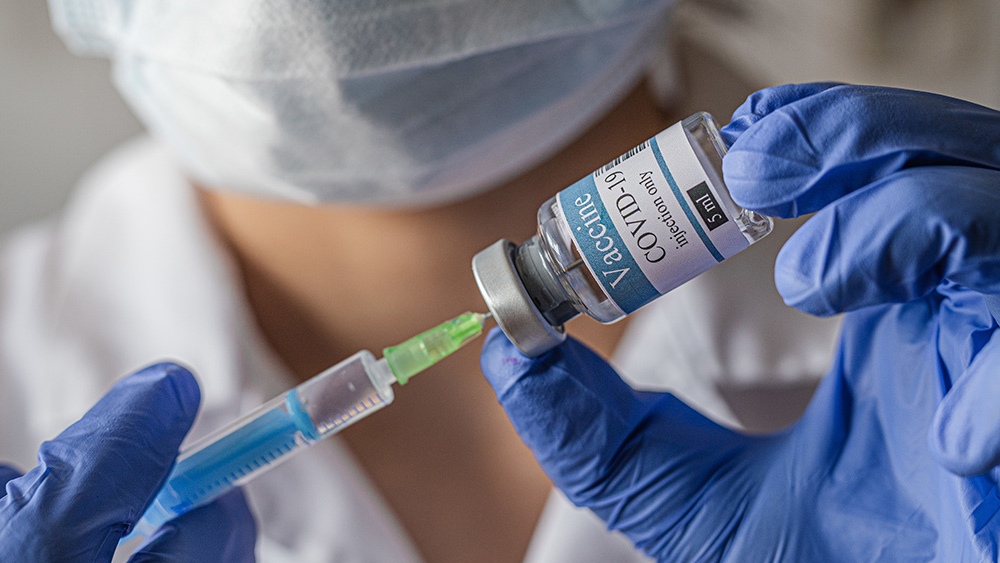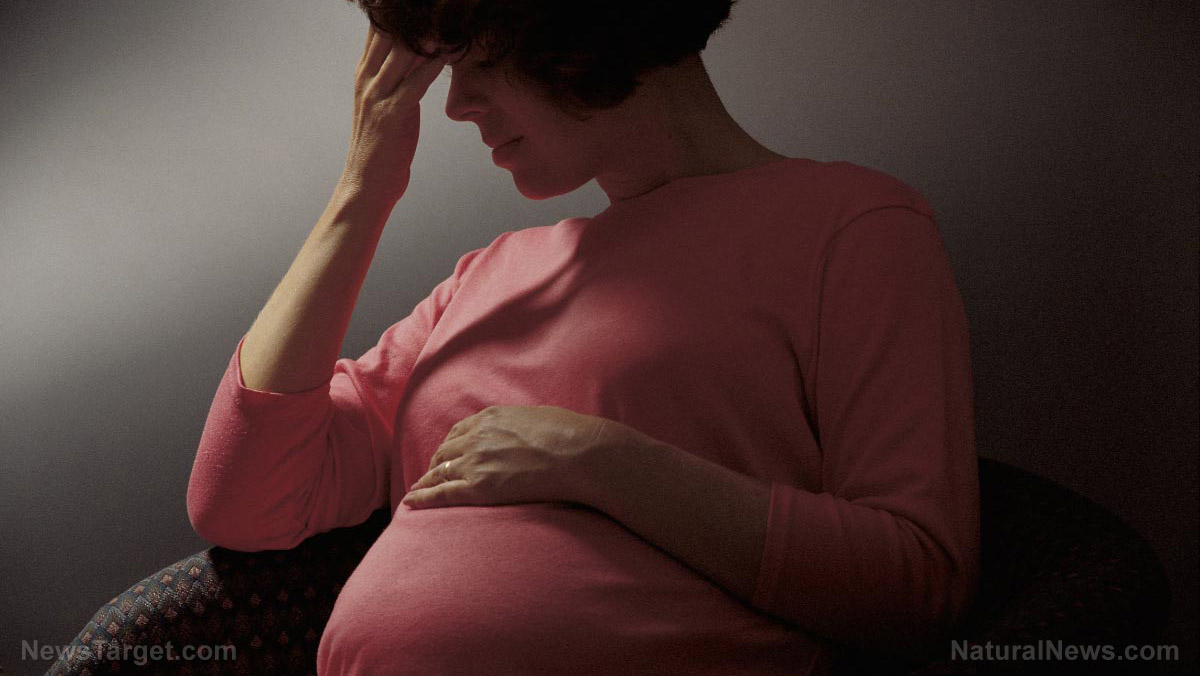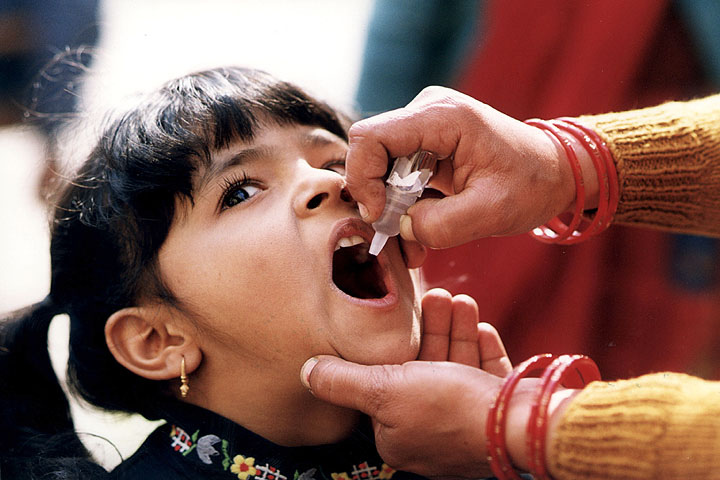Population control: 6.8 Million fewer girls to be born in India by 2030 because of selective abortion
09/02/2020 / By Cassie B.

Researchers report that roughly 6.8 million fewer girls will be born throughout India by the year 2030 thanks to the heavy usage of selective abortions in the country.
This is according to a study published in the journal Plos One in which researchers from Saudi Arabia’s King Abdullah University of Science and Technology projected the sex ratio at birth in 29 Indian states and territories. They found the strongest cultural preference for a boy in 17 northern states in India, with the most populous state, Uttar Pradesh, showing the biggest deficit in female births.
Since sex determination tests started being used in the 1970s, India is estimated to have 63 million fewer women. A 1994 “Pre-Conception and Pre-Natal Diagnostic Techniques Act” rule made it illegal for an unborn child’s sex to be revealed except for strict medical purposes, but the enforcement of this rule has been quite lax in most areas and the sex ratio in much of country has continued to get worse.
The current ratio of women to men in India is between 900 and 930 females per 1,000 males. Some districts fare worse, however. In Sikar, for example, the ratio is 888 girls born for every 1,000 boys. Boys in the country are viewed as breadwinners and are more likely to receive better medical care and more nutritious food than girls, who are widely viewed as a burden across all social classes.
Women’s empowerment advocate Anuradha Saxene said: “It will take time to remove deep-rooted custom and belief. Progress is slow and incremental, but we are working on making girls valued and cherished instead of being seen as a liability who needs a huge dowry to be married off.”
Young marriage contributing to the problem
Adding to the problem is the fact that many Indian girls get married when they are quite young; 27 percent of girls in the country get married before age 18. Many of these young girls lack the awareness and confidence they need to challenge those in their husband’s family who are pushing them to abort girls. Indian Prime Minister Narendra Modi recently stated he was mulling raising the legal marriage age for girls from 18 to 21.
There is also a very lucrative black market for tests to determine a baby’s gender. The Guardian reports that police regularly arrest gangs, often in sting operations, who offer to test pregnant women to determine their baby’s gender for hundreds of dollars.
Another big part of this problem, of course, is the fact that India is not making any moves toward criminalizing abortion, which has been legal in the country for any reason during the first 20 weeks of pregnancy since 1971. The abortion rate in India is considered extremely high, and it’s believed that more than 300 million babies have been aborted there since 1971. The total market for abortion pills in the country is around half a billion dollars.
Many women who say they are in favor of full abortion rights don’t realize the ways in which the practice can work against them, and this is just one example of that in action. Jonathon Van Maren wrote on LifeSite News, “A procedure trumpeted as a tool of female empowerment has become the primary method of destroying tiny females in unprecedented and horrifying numbers.”
The problem is not unique to India; other countries registering a disproportionately high number of boy births on account of sex-selective abortion include China, Vietnam, South Korea, Taiwan, and some countries in the Balkan peninsula.
A research analyst for the Population Research Institute, Jonathan Abbamonte, said in 2019 that approximately 15.8 million girls have been lost to sex-selective abortion and “other forms of prenatal daughter elimination” since the year 1990, an amount that is roughly equivalent to the populations of Finland and Portugal combined.
Sources for this article include:
Tagged Under: abortion, atrocity, depopulation, gender reveal, India, infanticide, medical violence, murder, population control, selective abortion, sex ratio
RECENT NEWS & ARTICLES
COPYRIGHT © 2017 MEDICAL EXTREMISM




















